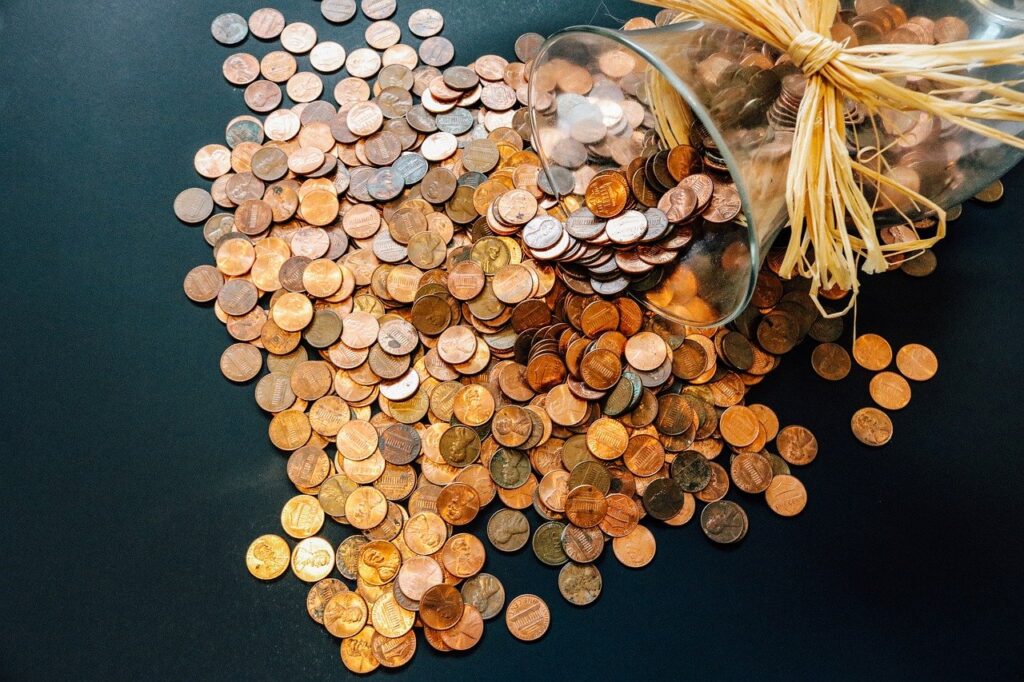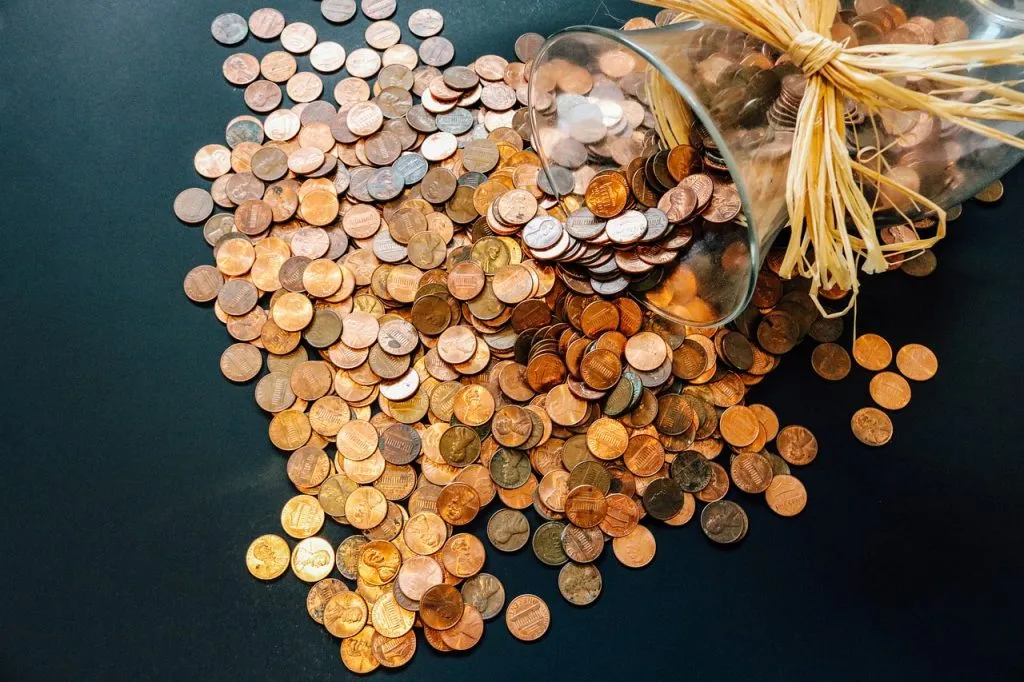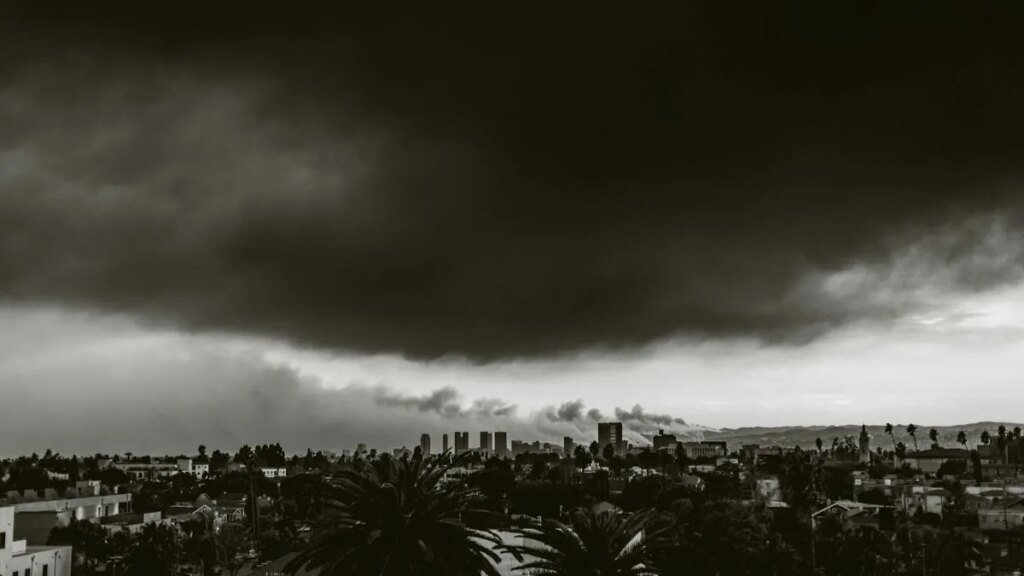What’s Wrong With Spotify’s New Royalty Payout Changes? Not Much.


Photo: Olichel
Spotify is implementing a royalty-payment threshold at 1,000 streams per year, according to preliminary details now surfacing. So what’s the problem with that?
The shocking answer to that question is ‘not much,’ even though the move technically cuts off a vast majority of creators and artists on the platform. Take a closer look at the numbers, however, and it becomes obvious that we’re not talking about a lot of money here — both in terms of the overall percentage of the streaming pie and the actual payments themselves. There are also some interesting benefits that immediately come into play.
As a quick recap, details on Spotify’s planned royalty-payout changes were recently revealed by Stem president Kristin Graziani. Aside from fraud-monitoring requirements on distributors and changes to the minimum length of non-music tracks like raindrop recordings, Spotify will also be implementing a minimum play threshold for a song at 1,000 streams per year. Pass that threshold, and you get paid. Miss that threshold, and no payment is sent.
It’s shocking just how many artists will get cut off by this simple shift.
Just how many are we talking about here? Yesterday, we estimated that roughly two-thirds of artists would stop receiving payments as a result of this shift. But that’s based on Spotify’s data relating to the number of tracks that cross 1,000 streams during their lifetimes — not one year. Shift the timeframe from ‘lifetime’ to ‘annual,’ and it’s reasonable to estimate that more than 90% of artists and creators on the platform will suddenly lose their royalty checks.
For reasons that make sense and are entirely defensible, that is provoking protests and howls from the indie sector and artist advocates (we’ll have more on that later). They aren’t wrong to be upset, especially since the money may be directly transferred from those underperforming artists to better-performing artists (or more likely, their labels). In other words: bigger, more successful artists will receive money for streams they didn’t earn.
So how is that possibly okay?
The answer is actually complicated. On one hand, this non-payment redistribution is technically unfair, and arguably theft if shifted into the hands of more successful artists. Perhaps Believe founder and CEO Denis Ladegaillerie nailed it by calling this sort of redistribution a ‘reverse Robin Hood system.’ But Ladegaillerie was referring to a different and more serious recalibration being cooked up by Universal Music Group and Deezer.
In the Spotify context, however, this probably doesn’t add up enough to matter. For evidence of that, consider what 1,000 streams actually means for an artist on Spotify.
The penny payout rates from streaming platforms are shockingly low: Graziani estimated that 1,000 streams translates into $3 for the average Spotify artist. Imagine an artist with 10 tracks each drawing approximately 500 streams. The missing payout would be $2.50.
And what’s wrong with a minimum threshold? Graziani further points out that most distributors have minimum thresholds already in place, and it’s common practice across most platforms that deal with aggregated micro-payments. In this case, the money isn’t hitting artist bank accounts at this lower level.
“$3.00 is well below the threshold at which almost every distributor allows artists to transfer earnings into their own bank accounts,” Graziani noted. “In other words, this is money that isn’t currently making it to artists in the first place.”
In others, we’re talking about nothing — i.e., almost nothing financially. But is this just shifting the penny pile from once place to another?
“Right now, artists don’t benefit from the millions of tiny payments that Spotify pays for content that receives a few streams per month,” Graziani continues. “It’s the distributors who benefit from the hundreds of thousands of dollars sitting in their bank accounts earning interest. Redirecting those tiny payments can immediately increase the royalty pool by $40 million dollars each year, and that number can grow over time.”
$40 million sounds like a lot of money — and it is. But placed into the context of overall streaming revenues, it’s actually a tiny portion.
Billboard, citing an anonymous source, has claimed that the new payout approach would shift only “about 0.5% of Spotify’s royalty pool to more popular tracks.” All of those tiny crumbs aren’t adding up to a very big cake.
But that 0.5% accounts for a disproportionate amount of the headaches involving metadata mismatches and unclaimed funds. Delve into the bowels of the SoundExchange and the Mechanical Licensing Collective (MLC) databases, and vast piles of dangling, disconnected, and otherwise unclaimed cash surfaces. But what if the smaller stuff — defined by tracks garnering fewer than 1,000 streams per year — were simply removed from consideration? Maybe the war against bad metadata is about to take a fortuitous turn.
Still, from an ethical standpoint, is it fair to shift that money to bigger artists? Graziani says yes, though that’s certainly worthy of debate. But how important is that debate in the grand scheme of things?
Perhaps a middle ground solution would be to not distribute that money to artists that didn’t generate those streams. Instead, why not use the money to support up-and-coming artists, even in a for-profit scheme? Stem knows plenty about this: the company recently raised $250 million to help fund emerging artist careers. According to the company, the fund “provides advances against future projects without taking any ownership,” and represents a model that’s “had a profound impact” on certain indie acts’ careers.
Now we’re talking.
Link to the source article – https://www.digitalmusicnews.com/2023/11/07/spotify-royalty-changes-wrong/
-
Mrchrogge Guitar Measuring Ruler Stainless Steel T-Shape Guitar Ruler 9 Piece Electric Bass Fingerboard T-Shape Guitar Curvature Ruler$12,88 Buy product
-
Donner DDP-80 Digital Piano 88 Key Weighted Keyboard, Full-size Electric Piano for Beginners, with Sheet Music Stand, Triple Pedal, Power Adapter, Supports USB-MIDI Connecting, Retro Wood Color$659,99 Buy product
-
Pintech Percussion LMA-C Mounting Clamp$11,94 Buy product
-
Seismic Audio – Package – Two 18 Inch PA Subwoofers PRO Audio Band Speaker Cabinets Sub – Band, Bar, Wedding, Karaoke, DJ, 18″ Cabs 1000 Watts RMS$621,99 Buy product
-
Podcast Equipment Bundle, BM-800 Recording Studio Package with Voice Changer, Live Sound Card – Audio Interface for Laptop Computer Vlog Living Broadcast Live Streaming YouTube TikTok (AM100-V8)$39,99 Buy product
-
BOMGE mini 2 Channel USB Audio Interface for Recording, Streaming and Podcasting, with XLR/48V Phantom Power,Studio Quality Audio Interface for Guitarist, Vocalist, Podcaster or Producer$32,50 Buy product












Responses